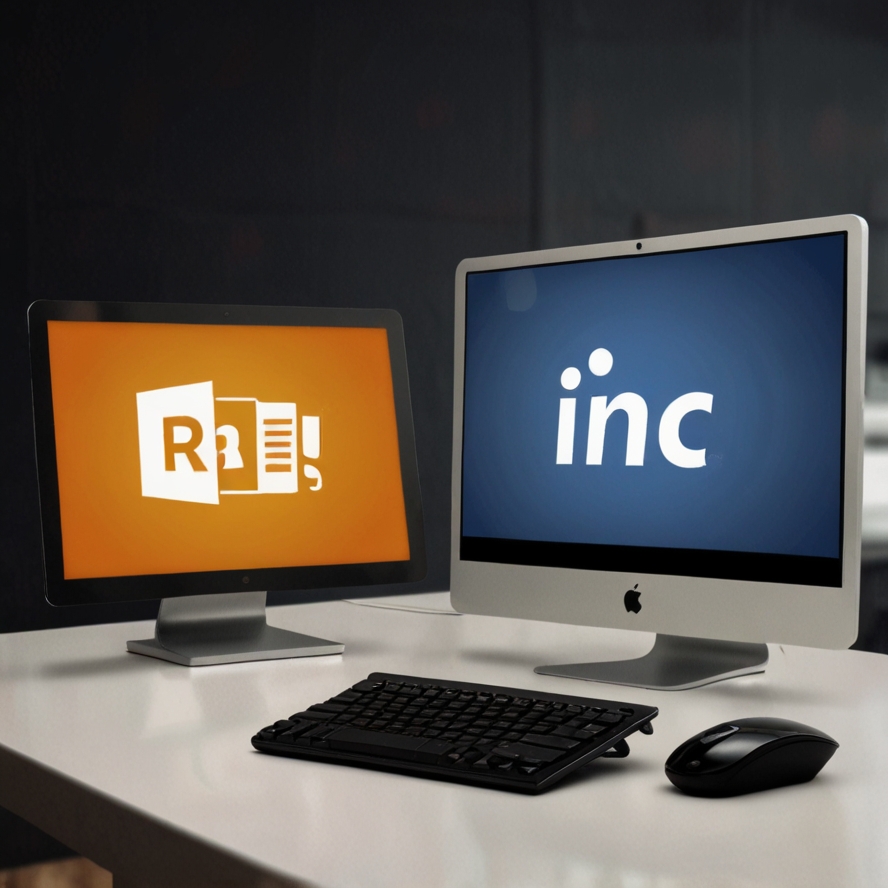In today’s digital landscape, instant remote desktop access has become indispensable for businesses and individuals alike, enabling seamless connectivity and productivity from any location. However, with this convenience comes significant security considerations. This article explores essential security measures to ensure safe connections when utilizing instant remote desktop access solutions.
Understanding the Importance of Security
Security is paramount when accessing sensitive data or systems remotely. Effective security measures mitigate risks such as unauthorized access, data breaches, and malware infections. By implementing robust security practices, organizations can safeguard their assets and maintain compliance with industry regulations.
Icon: Security Shield
Encryption and Data Privacy
Icon: Encryption Key
Encryption plays a crucial role in securing remote desktop connections. It involves encoding data transmitted between the client device and the remote server, making it unreadable to unauthorized parties. Advanced encryption protocols, such as TLS (Transport Layer Security) and AES (Advanced Encryption Standard), ensure data confidentiality and integrity during transmission.
Key Measures:
- End-to-End Encryption: Encrypting data from the client device to the remote server and vice versa.
- Strong Encryption Standards: Implementing AES-256 encryption for maximum security.
- Certificate-based Authentication: Verifying the identity of remote servers to prevent man-in-the-middle attacks.
Authentication and Access Control
Icon: Authentication
Authentication mechanisms verify the identity of users and devices accessing remote desktops. Strong authentication protocols, including multi-factor authentication (MFA) and biometric authentication, add layers of security beyond traditional username and password combinations. Access control policies further restrict access based on user roles, locations, and time-based permissions.
Key Measures:
- Multi-Factor Authentication (MFA): Requiring multiple forms of verification (e.g., password, SMS code, biometric scan) to access remote desktops.
- Role-based Access Control (RBAC): Assigning privileges based on job responsibilities and limiting administrative access.
Network Security and Firewalls
Icon: Firewall
Securing the network infrastructure is essential to prevent unauthorized access and external threats. Firewalls and intrusion detection systems (IDS) monitor network traffic, filter incoming and outgoing connections, and detect suspicious activities. Virtual private networks (VPNs) encrypt network traffic between the client device and the remote server, enhancing confidentiality and security.
Key Measures:
- Firewall Configuration: Filtering traffic based on predefined rules to block malicious activity.
- Intrusion Detection and Prevention Systems (IDPS): Monitoring network traffic for signs of unauthorized access or malicious behavior.
- VPN Encryption: Establishing a secure tunnel for data transmission over untrusted networks.
Endpoint Security and Device Management
Icon: Endpoint Security
Securing endpoint devices (e.g., desktops, laptops, mobile devices) is critical to protect against endpoint attacks and data breaches. Endpoint security solutions, such as antivirus software, endpoint detection and response (EDR), and mobile device management (MDM) tools, help detect and mitigate security threats across all connected devices.
Key Measures:
- Antivirus and Anti-malware Protection: Scanning and removing malicious software to prevent infections.
- Endpoint Detection and Response (EDR): Monitoring and responding to suspicious activities on endpoint devices.
- Mobile Device Management (MDM): Enforcing security policies and remotely managing mobile devices accessing remote desktops.
Compliance and Regular Audits
Icon: Compliance Checklist
Adhering to regulatory compliance standards (e.g., GDPR, HIPAA) is crucial for protecting sensitive data and maintaining trust with customers. Regular security audits and vulnerability assessments identify weaknesses in remote desktop access systems, allowing organizations to implement corrective measures and improve overall security posture.
Key Measures:
- Regulatory Compliance: Ensuring remote access practices comply with applicable data protection and privacy regulations.
- Security Audits and Penetration Testing: Assessing system vulnerabilities and testing security controls regularly.
- Incident Response Plan: Establishing procedures to respond to security incidents promptly and effectively.
Conclusion
Effective security measures are essential to mitigate risks associated with instant remote desktop access. By prioritizing encryption, authentication, network security, endpoint protection, and compliance, organizations can establish a secure remote working environment while fostering productivity and collaboration.
Icon: Secure Connection
Explore more about secure remote desktop access solutions and best practices at cloudgaminghub. Our comprehensive guide and expert recommendations will empower you to implement robust security measures and safeguard your digital assets effectively.
Icon: Arrow pointing to Learn More
Ensure safe connections and protect your organization against cyber threats with advanced security measures tailored to your remote desktop access needs.

No responses yet